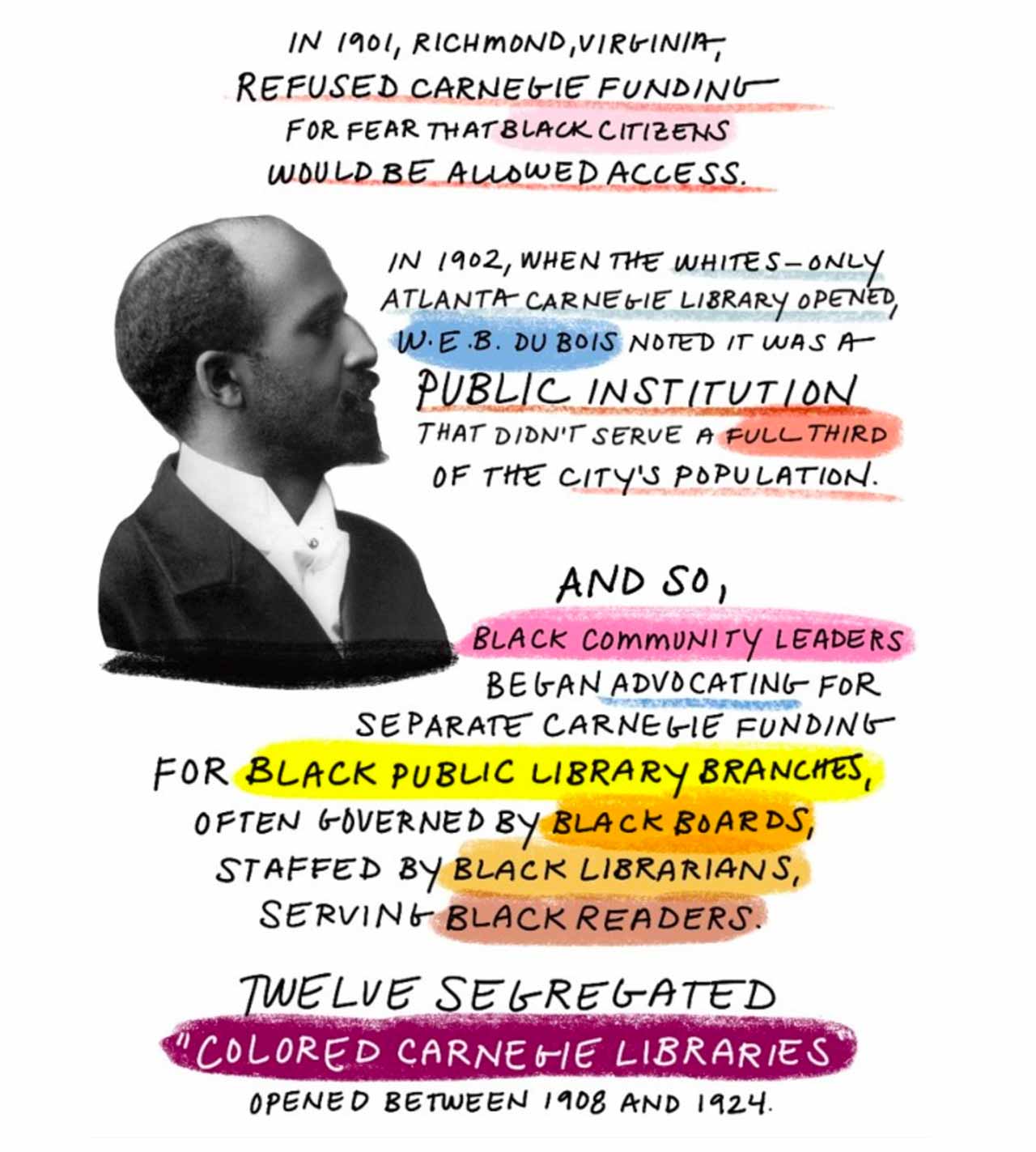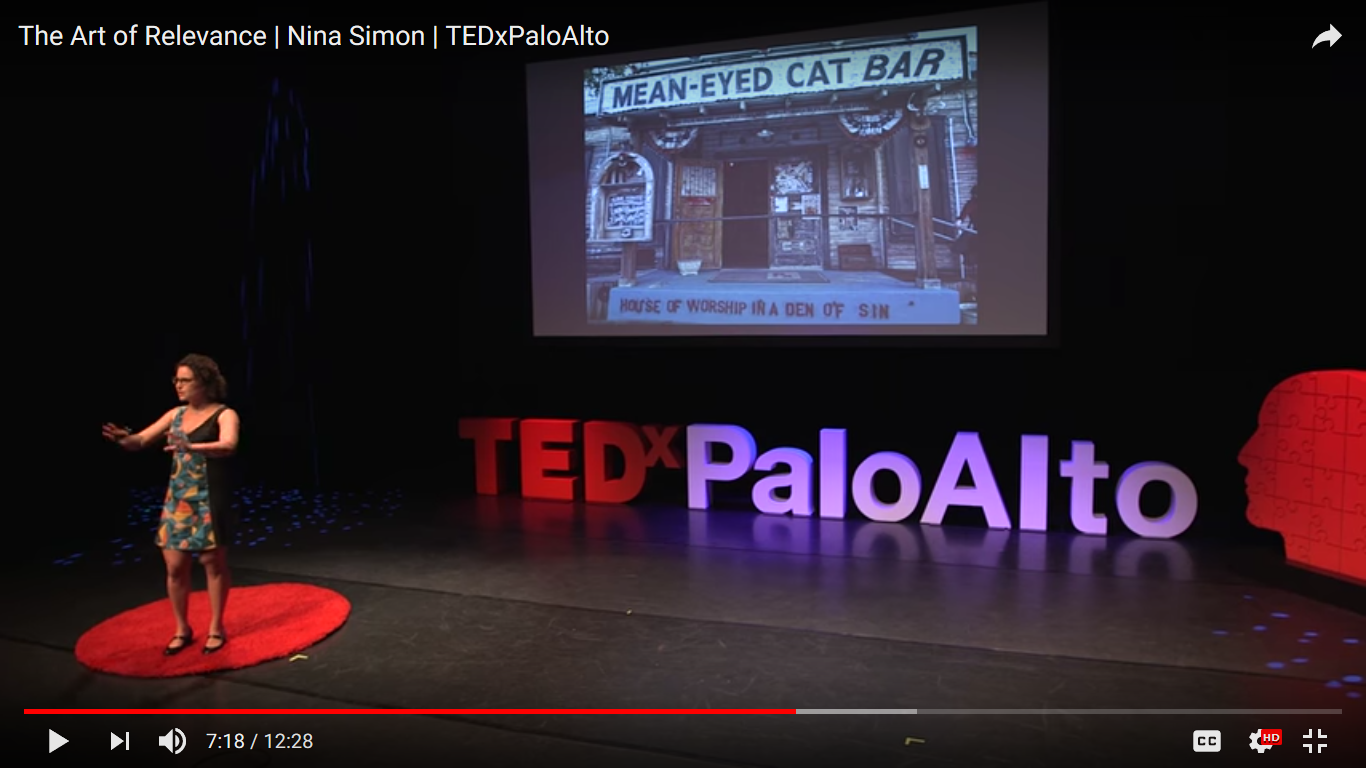Via the Marginal Revolution blog, I caught this link to an interesting Financial Times article (registration required) discussing how classical music is at a disadvantage on streaming services due to lack of metadata.
In short, most music produced today is organized by the artist performing it rather than on the artist composing it. If you hear funk for the first time and discover you are listening to Parliament-Funkadelic, you can go to Spotify, conduct a search and find more content from the group.
If you hear a classical music piece and are told you are listening to Mozart, if you go to Spotify and search, you will get a list of every recording of Mozart performed by every group of every size and quality, starting with the most recent recording.
The article says it is difficult to filter by composer “performance, time of recording, location or conductor” on Spotify.
“…for classical music this is an existential problem — detailed metadata are not just a means of organising content so people are paid, but is also is crucial to help discover it. IDAGIO, unsurprisingly, is trying to address this issue.
It is no wonder then that classical music buyers still revert to compact discs — where they can guarantee to find their favourite performances, when it comes to consuming the genre.
[…]
The lack of available metadata on Spotify, and the other main streaming platforms, also has another detrimental effect on classical music: it becomes a genre which exists as a means, rather than an end.
Take this Guardian article from earlier this year, titled “Young people are turning to classical music to escape ‘noise of modern life'”.
While the article speaks breathlessly of a new-found life for classical music among young listeners, the stated reason is clear. No longer is classical music a genre with competing styles and sounds — varying from some of the most abrasive music ever written to some of the sappiest — but a sonic type which acts as a countermeasure to the chaos of modernity.
The reference to efforts by IDAGIO comes from a study sponsored by the streaming service that came out last month. The study surveyed 8000 people in five European countries, South Korea, Mexico and the US, learning the different habits people have for consuming classical music. (A section header summarizes it thus: “South Koreans most likely to have specific Classical listening sessions while speaker-based listening key in nordics and continental Europe.”)
The study authors take a bit more of an optimistic view than the author of the Financial Times piece. So many people responded with “relaxing piano music” as a genre they listen to that it now constitutes a distinct category of music. The study authors see this as a potential entry point where the FT author seemed to feel this indicated a trend toward pieces being regarded as indistinguishable from each other.
In the introductory paragraph to the concluding section, the study authors say “We will discover how ‘relaxing piano music’ has become a significant way to bring, new, younger listeners into classical,…” but that is the last time they mention that group.
Other than improving metadata on streaming services so that the playlists suggested to listeners are more consistent in content and quality, I wasn’t sure how they envisioned people making the transition. (Granted, this is a US-centric view, opportunities for conversion may be better in other surveyed countries)
Though, as I note, the authors of both the FT piece and the IDAGIO sponsored study feel that the listening experience will improve with the addition of better metadata.












I've been to a few of the Science on Tap events, though I never gave a talk at one of…